Other
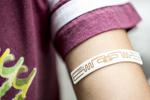
“University of Washington researchers have demonstrated for the first time that devices that run on almost zero power can transmit data across distances of up to 2.8 kilometers — breaking a long-held barrier and potentially enabling a vast array of …
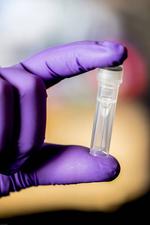
“Rapid improvement in DNA sequencing has sparked a proliferation of medical and genetic tests that promise to reveal everything from one’s ancestry to fitness levels to microorganisms that live in your gut. A new study from University of Washington …
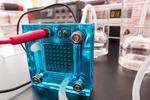
“Imagine revolutionizing the renewable energy market with the silica gel packets you find in shoeboxes and snack bags. The research team behind Membrion is working to do just that. Developed by chemical engineering researchers Greg Newbloom (PhD ‘14) and Weyerhaeuser …
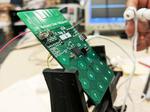
“University of Washington researchers have invented a cellphone that requires no batteries — a major leap forward in moving beyond chargers, cords and dying phones. Instead, the phone harvests the few microwatts of power it requires from either ambient radio signals …

“Magnetic materials form the basis of technologies that play increasingly pivotal roles in our lives today, including sensing and hard-disk data storage. But as our innovative dreams conjure wishes for ever-smaller and faster devices, researchers are seeking new magnetic materials …

“Imagine you’re waiting in your car and a poster for a concert from a local band catches your eye. What if you could just tune your car to a radio station and actually listen to that band’s music …
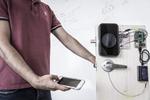
“Sending a password or secret code over airborne radio waves like WiFi or Bluetooth means anyone can eavesdrop, making those transmissions vulnerable to hackers who can attempt to break the encrypted code. Now, University of Washington computer scientists and electrical …

“Dexterous hand manipulation is one of the most complex types of biological movement, and has proven very difficult to replicate in robots. The usual approaches to robotic control - following pre-defined trajectories or planning online with reduced models - are both inapplicable …

“Robots today can perform space missions, solve a Rubik’s cube, sort hospital medication and even make pancakes. But most can’t manage the simple act of grasping a pencil and spinning it around to get a solid grip. Intricate …
